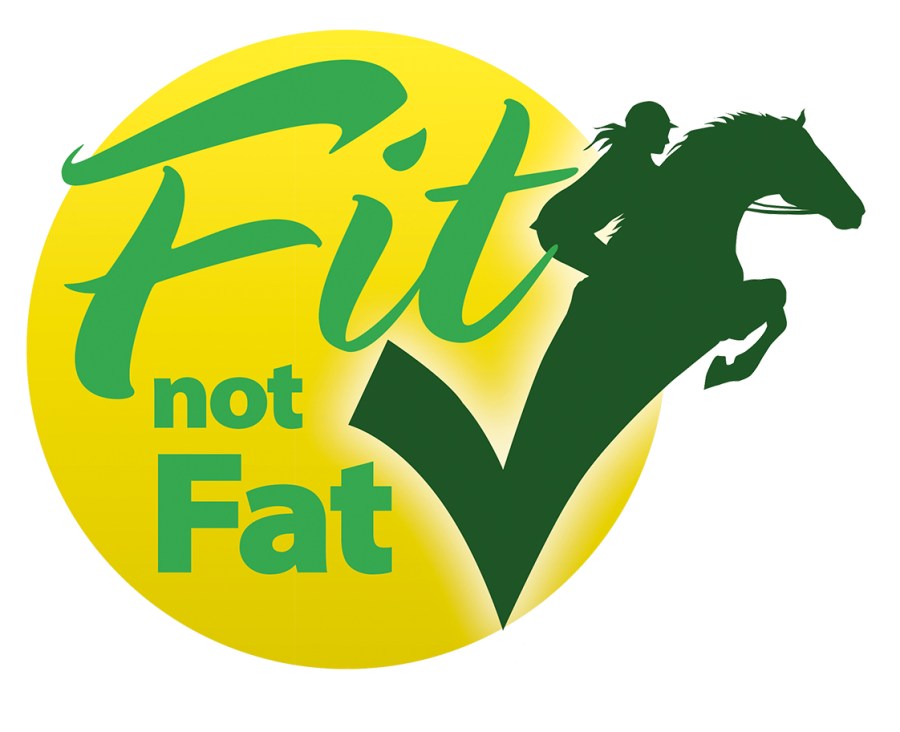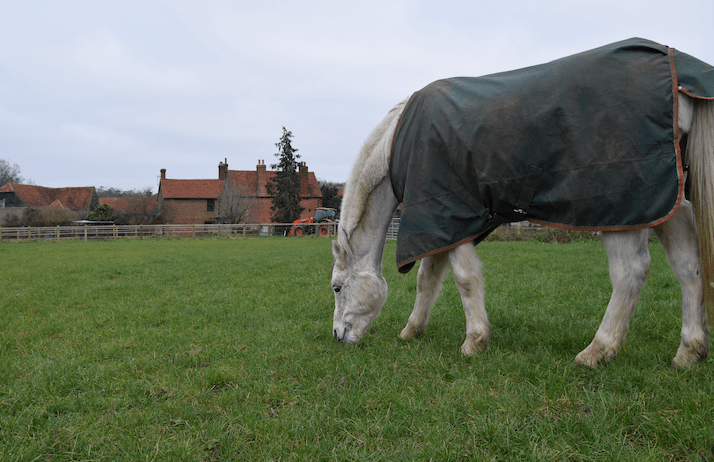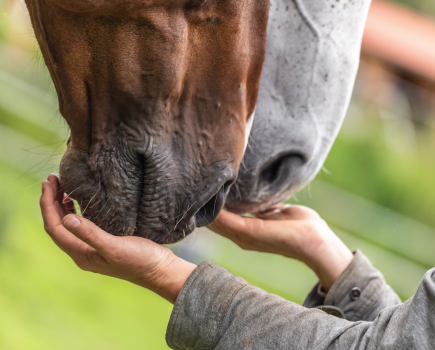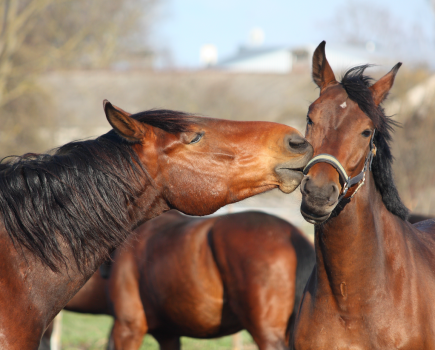In partnership with SPILLERS™
It’s long been said that feeding horses well requires both art and science, a mantra that can be applied to equine weight management too.
In this article, we share some highlights from recent research related to how much horses eat, body fat, dieting and the value of exercise. While some provide practical weight management tips for the here and now, others hold promise for us being better placed to adapt the management of individual horses and ponies in the future.
One thing we know for sure is that research continues to show what horse owners have known for generations — that every horse and pony is an individual, especially when it comes to their diet. This means that like many things in life, there’s no one-size-fits-all approach to equine dieting.
How much do horses eat?
Most of us are guilty of eating more than we need at one time or another, and this can be the case for horses too. Although individual requirements vary, total forage intake for most overweight horses and ponies, should not be restricted to less than 1.5% of their bodyweight* per day.
As you might expect, how much they would actually like to eat varies between individuals and the type of forage, with studies quoting that intake typically varies between 1.5-5%* bodyweight per day.
Ponies
Ponies are renowned for being grass guzzling machines and research has shown for example that ponies may consume almost 5% of their bodyweight* in grass per day. That’s a whopping 12.5kg* per day for a 250kg pony!
Similarly, another study found that stabled ponies given free access to a low calorie short-chopped fibre feed as a total forage replacer could also consume 5% bodyweight/ day*.
Research has also shown that ponies may consume almost 1% of their bodyweight in just three hours when they are out at pasture, which means free access to grazing for short periods may be counterproductive.
Horses
Food intake in horses is generally considered to be lower and may be closer to around 2-2.5% bodyweight/ day*. Again, though, there will be exceptions to this.
Of course, whether your horse gains weight is not all about how much they eat, it’s dependent on the number of calories they consume.
Even some hays fed at 1.5% bodyweight/ day* can provide more calories than some horses and ponies need.
*dry matter intake
How fat is fat in horses?
Obesity is described as the accumulation of fat to the point at which it has a negative effect on health and welfare.
Horses with a body condition score (BCS) of 7 out of 9 and above are considered obese. At a BCS of 7, more than 20% of bodyweight is likely to be fat, but in very obese horses, fat may account for more than 30% of bodyweight.
Assessing body fat
Body condition scoring is commonly recommended, with the 1-9 scale having been more widely validated (scientifically tested).
However, despite its many benefits, body conditioning scoring can sometimes feel a little daunting or confusing to carry out, even for experienced owners.
The Body Condition Index (BCI) is a method of assessing and monitoring body fat, similar to the Body Mass Index (BMI) used in humans.
Horses and ponies with a BCI of 18-22 are likely to be overweight, whereas those scoring more than 22 are likely to be obese.
The BCI was developed in 2015 but, thanks to new research, the new version provides greater accuracy. This latest research found the BCI to be more reliable than body condition scoring when completed by inexperienced assessors.
If you’re unfamiliar with, or feel less confident in body conditioning scoring, the new BCI might be just thing for you.
Response to dieting
Some horses are described as only needing to look at a blade of grass to gain weight. While we all know that this is impossible, research published in 2012 was the first to prove that some horses and ponies are genuinely weight loss resistant.
In this study, 12 overweight horses and ponies managed under the same conditions were randomly assigned to one of two strict weight loss diets for 16 weeks. Both diets were almost identical in terms of calorie content.
Weekly weight losses were approximately three times higher in those that were ‘diet sensitive’, versus those that were ‘diet resistant’. It showed that some need stricter management than others.
Dieting is hard work and not all good doers are genuinely weight loss resistant. Even if they are, weight loss is still achievable. If, despite your best efforts, your horse or pony doesn’t seem to be losing weight, contact a nutrition advisor.
How important is exercise for weight loss?
While we’re often advised to ‘eat less and move more’, calorie restriction is the main requirement for weight loss. That said, even small amount of exercise may be beneficial to your horse’s health.
In 2019, researchers found that while 25 minutes of low intensity exercise — five minutes of walk followed by 15 minutes brisk trot and then five minutes of walk — five times per week didn’t result in additional weight loss compared to dietary restriction alone, it did improve insulin sensitivity.
This is important, because reduced insulin sensitivity is a risk factor for laminitis in horses and ponies.
Did you know?
Much of the research in this article was published in collaboration with SPILLERS. References for all studies discussed in this article are available on request.

Have you heard about Your Horse’s #FitNotFat campaign? Equine obesity is an enormous welfare problem and we’re on a mission to provide owners and riders with the knowledge, skills and information you need to keep your horse in tip-top health. It could be life saving! Find out more
For friendly, advice on feeding your horse or pony you can contact the SPILLERS Care-Line on 01908 226626 or visit www.spillers-feeds.com.








